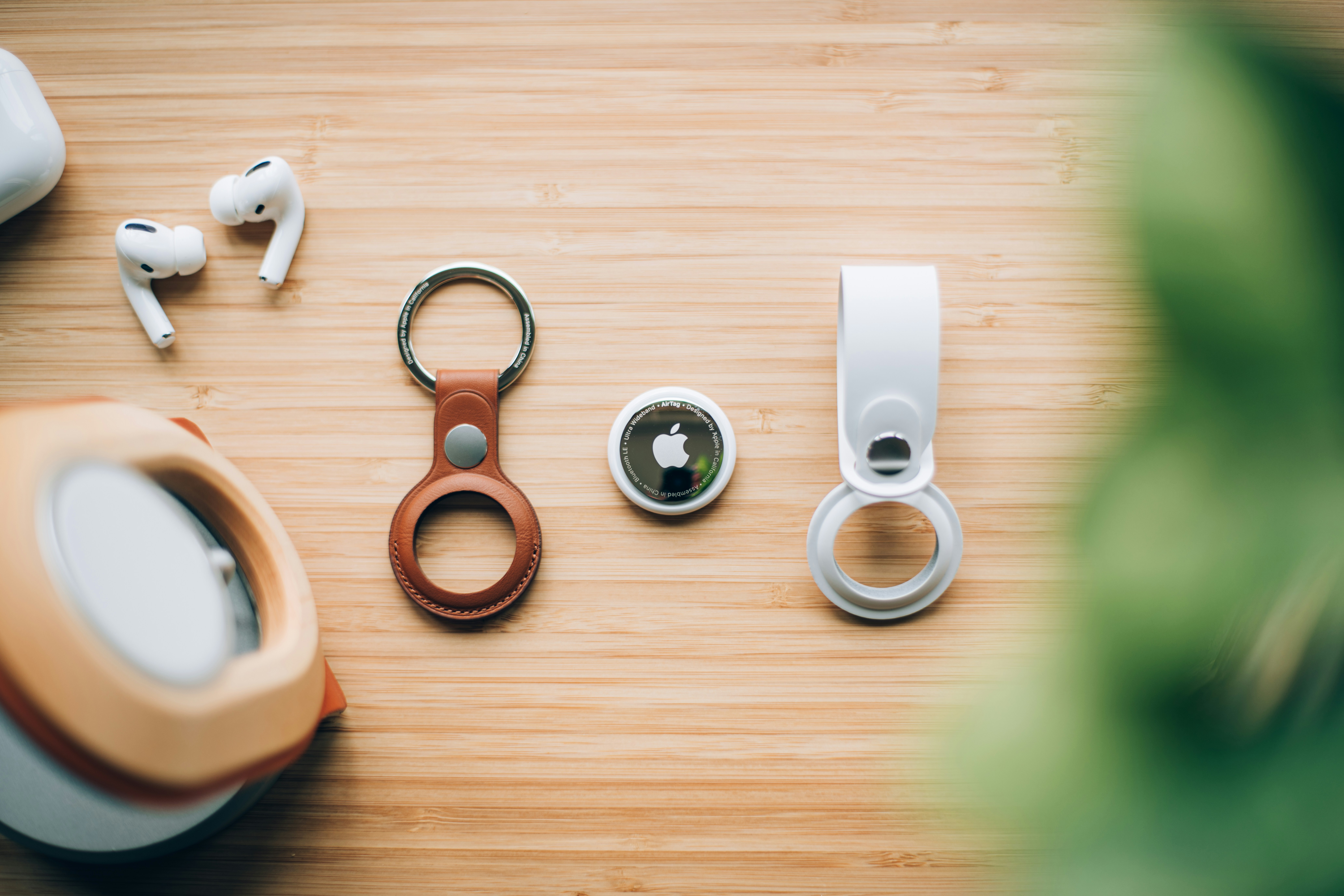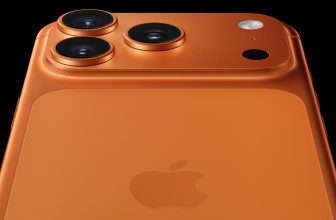Apple’s 2026 Lineup with M5: The Calm Before the Next Revolution
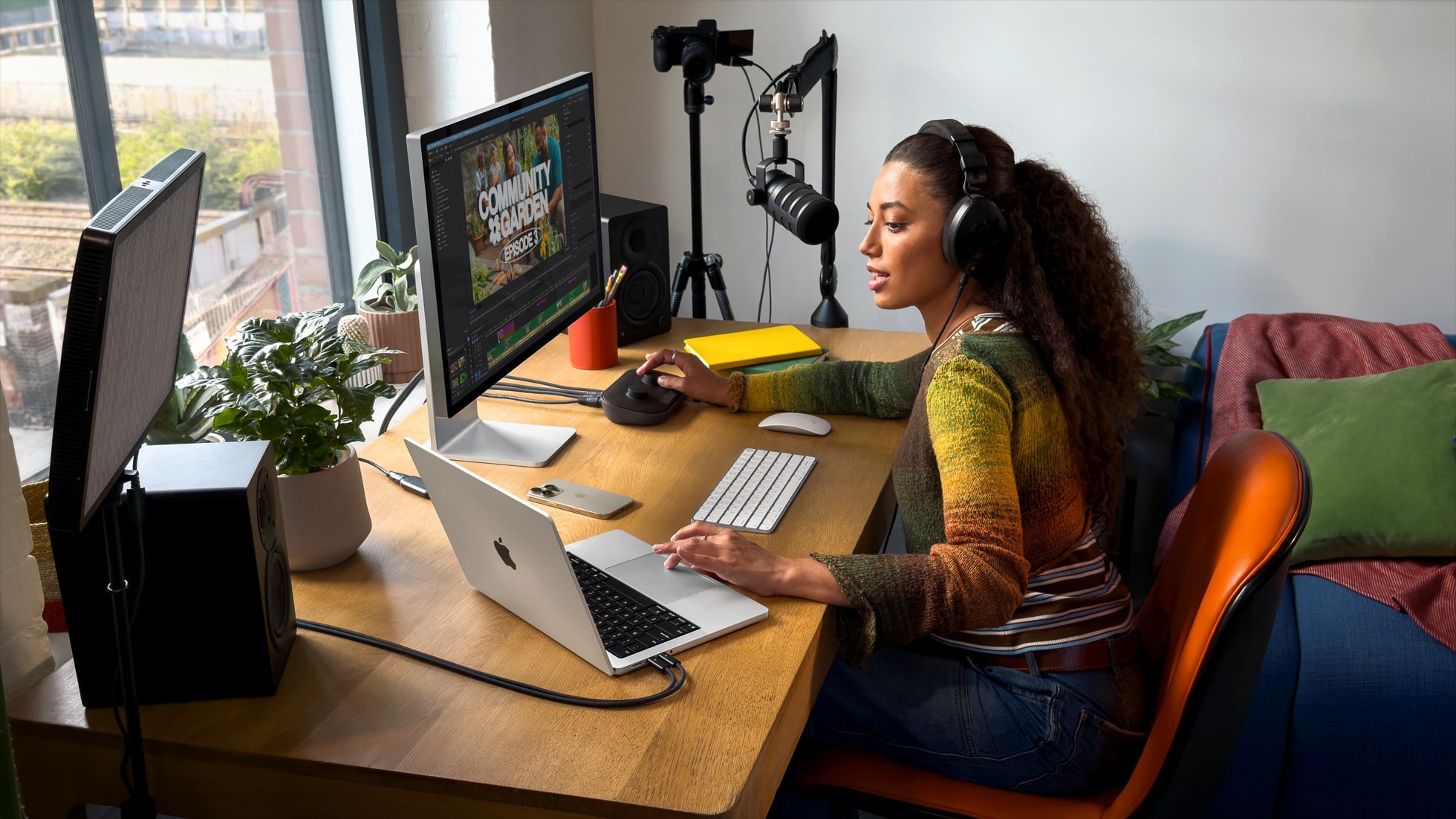
After Apple’s latest event, one thing is clear: the company is quietly steering toward its next major transformation. The spotlight wasn’t on radical redesigns or new form factors, but on power — M5 chips, smarter AI engines, and a unified silicon roadmap that now stretches across Mac, iPad, and Vision Pro.
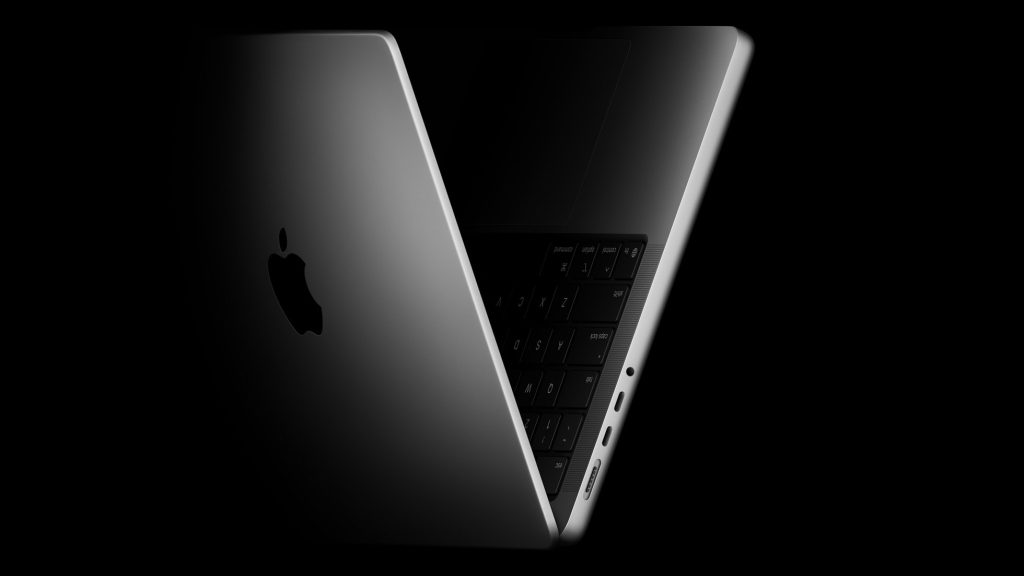
The message between the lines was unmistakable: 2026 won’t be about what’s new, but what’s next. With Apple’s next generation of devices already pivoting around the M5 platform, Cupertino seems to be laying the foundation for a more intelligent, interconnected ecosystem — one that bridges traditional hardware and the growing world of spatial and AI-driven computing.
14-inch MacBook Pro with M5 – Subtle on the Outside, Powerful Within
Apple officially introduced the 14-inch MacBook Pro with the M5 chip on October 15, 2025 — a release that looked familiar but packed major internal gains. Externally, it’s the same elegant machine: a Liquid Retina XDR display, full range of ports (Thunderbolt 4, HDMI, SD card, MagSafe 3, and a headphone jack), and a refined keyboard with Touch ID. But inside, it’s a different beast entirely.
The M5 chip delivers up to 3.5× faster AI performance and 1.6× better GPU output than the previous generation, thanks to a redesigned Neural Engine tuned for Apple Intelligence workloads. Memory bandwidth has been boosted from 120 GB/s to 153 GB/s, and SSD speeds have effectively doubled in everyday tasks like file transfers and app launches. The base storage now starts at 512 GB and scales up to 4 TB, while unified memory remains capped at 32 GB for this tier.
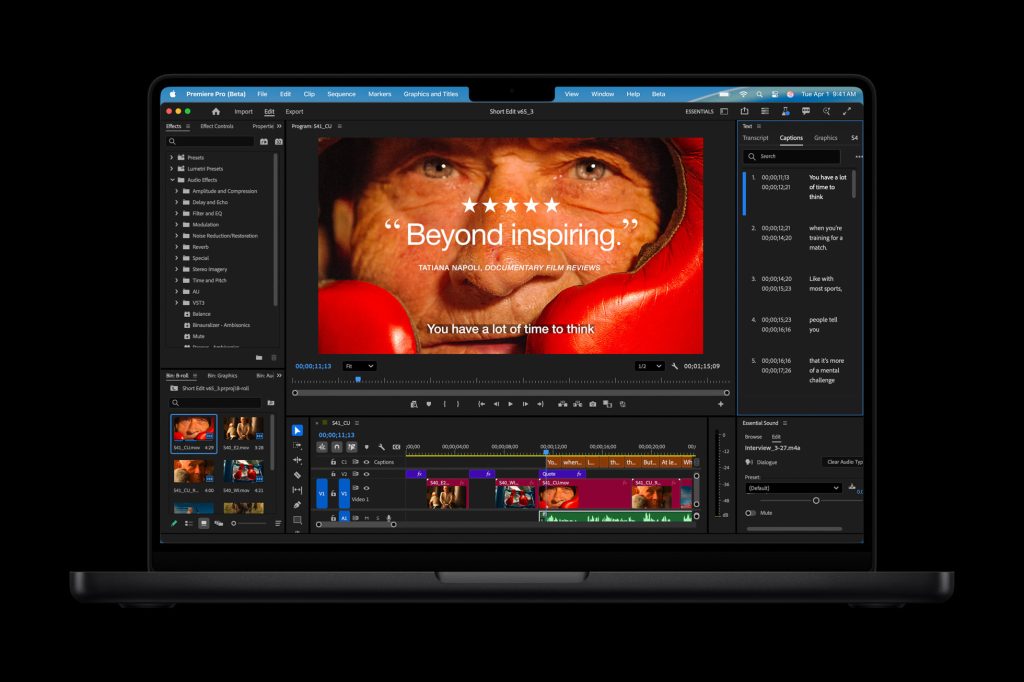
Battery life holds steady at an impressive 24 hours, making it one of the most efficient pro laptops in its class, and pricing remains unchanged — $1,599 for the base configuration. M5 Pro and M5 Max variants are expected sometime in 2026, but for now, this model serves as the first real glimpse of Apple’s next-generation silicon strategy — more power without more bulk.
Vision Pro 2 – From Tech Demo to Real Device
The Washington Post reports that Apple’s latest Vision Pro refresh brings an M5 processor, slightly longer battery life, and a more comfortable fit.
With up to 3 hours of video playback, smoother visual transitions, and improved motion calibration, Apple is closing the gap between concept and daily use.
At $3,499, it remains a product for early adopters, but Apple is clearly refining it into a credible platform for spatial computing — not just a luxury showcase.
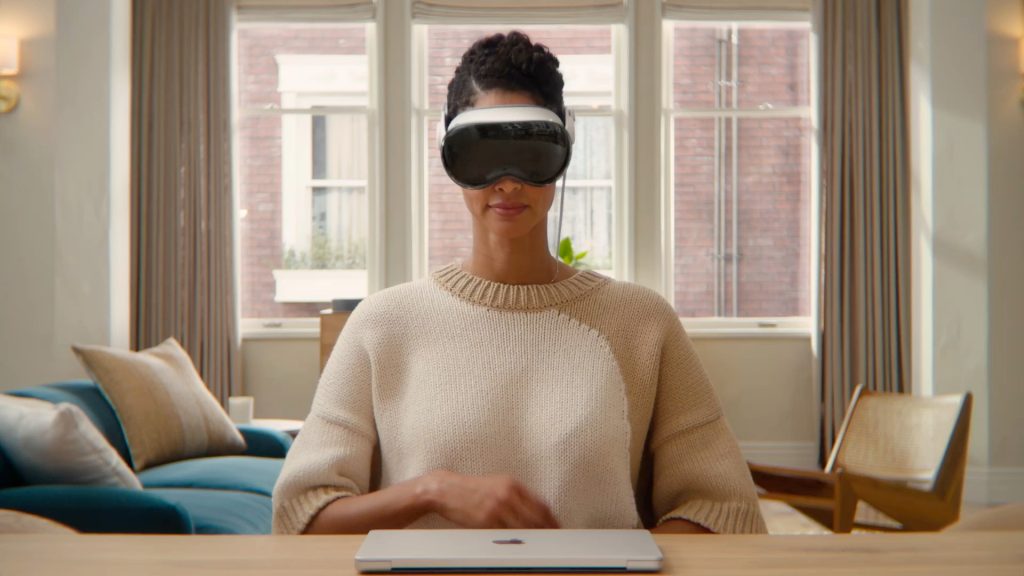
Apple Watch Series 11 – Subtle but Smarter
Apple’s Series 11, launched alongside the iPhone 17, continued the company’s drive for minimalist evolution.
The new S11 chip enhances energy efficiency and accelerates on-device health data processing.
Its flatter titanium body and edge-to-edge OLED display give it a modern, premium feel, while smarter sleep, stress, and recovery tracking push it closer to being a genuine health companion.
Insiders expect the Series 12, due in late 2026, to expand AI-based pattern detection and early cardiovascular monitoring.
The Rumor Cycle – iPhone, iPad, and AirPods: The Road Ahead
While 2025’s lineup is still fresh, the rumor mill has already turned toward 2026. The iPhone 18, expected next fall, may debut Apple’s first “ProFusion Display” — a hybrid of OLED and micro-LED delivering unmatched brightness and power efficiency. Powered by the A20 chip, it could push real-time AI imaging and predictive photo editing to new levels.
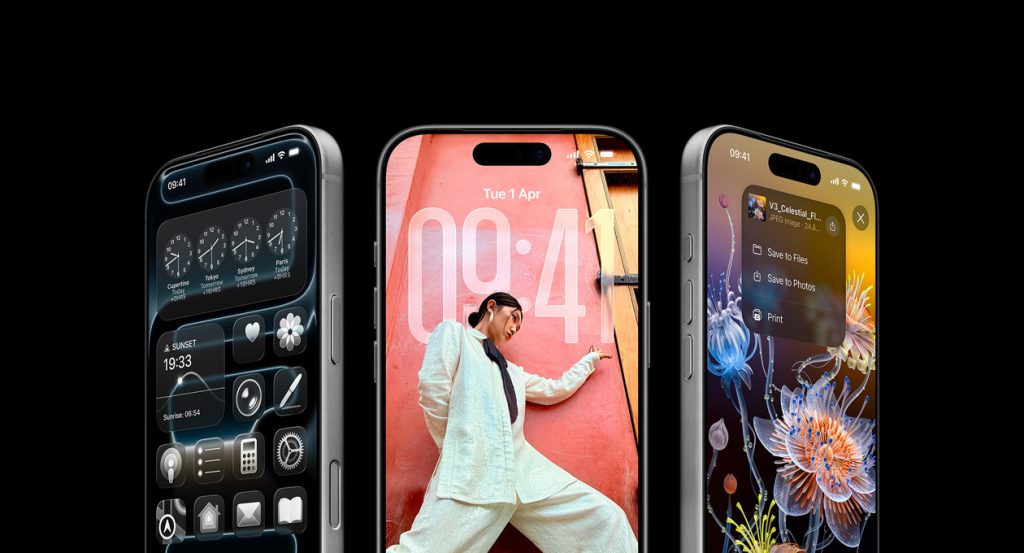
The iPad Pro M5, meanwhile, is rumored to get slimmer bezels, a thinner chassis, and macOS-like multitasking — effectively transforming it into a true laptop alternative when paired with a redesigned Magic Keyboard.
And following the recent launch of AirPods Pro 3 — featuring heart-rate tracking, improved ANC, and a more compact case — Apple is reportedly developing AirPods Pro 4 for 2027. Early prototypes include an H3 chip and even infrared sensors for head-tracking and gesture control, hinting at the next frontier of wearable intelligence.
The Bigger Picture – 2026 as Apple’s Bridge Year
If 2025 was about refinement, 2026 will be about synchronization. Macs, iPads, watches, and even AirPods are starting to share the same architectural DNA — efficient silicon, OLED displays, and embedded AI frameworks. Insiders say this deliberate alignment is the groundwork for Apple’s next real leap in 2027, when a major visual redesign — and possibly the company’s first foldable — could redefine its ecosystem once again.
There’s no “one more thing” moment on the calendar yet, but make no mistake: Apple is positioning itself for the next storm. 2026 will be quieter, smarter, and more strategic — the year Apple teaches its devices not just to perform, but to think together.
In short: 2026 won’t bring radical redesigns, but beneath the calm surface lies Apple’s most coordinated transformation in years — a unified ecosystem ready for the next era of intelligence and performance.

